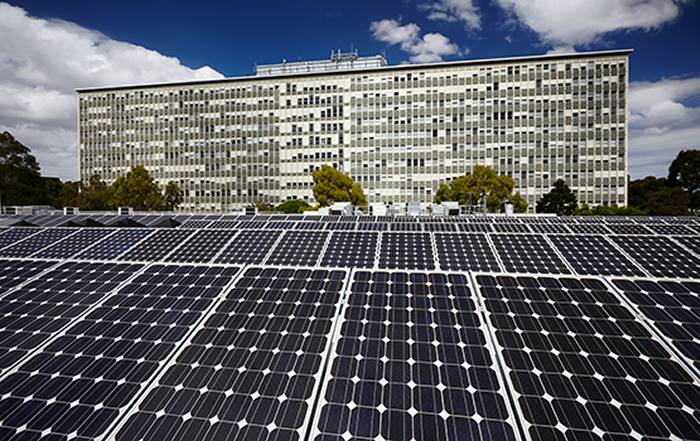
Madrid-based Indra says it has been selected by Melbourne’s Monash University as a key technology partner in MU’s Clayton campus solar powered microgrid project.
A microgrid is a local network of electricity generation sources connected to the mains grid that can also operate while disconnected from it (“island mode”), continuing electricity supply within the area it covers. Microgrids based on renewables usually also include energy storage.
The complexity of microgrids requires specialised software and hardware to run operations in order to ensure various components are working as they should and in the most efficient way possible.
“Indra’s Active Grid ecosystem combines the Industrial Internet of Things, Big Data Analytics and Distributed Intelligence to deliver more reliable and efficient grid operation through the orchestrated action of smart grid components, connected consumers and distributed energy resources,” states Indra.
Monash University Net Zero Program Director Tony Fullelove said Indra was chosen as InGRID AGM was the only solution providing real-time information and interoperability between different systems.
One megawatt of rooftop solar panels have already been installed at MU’s Clayton campus, with capacity to be boosted by another three megawatts by the end of this year along with one megawatt-hour of battery storage.
The Clayton campus microgrid’s performance will provide important information that can be applied elsewhere and the system will also contribute to stabilising the wider Melbourne grid.
“By managing the Clayton campus energy demands and providing ancillary services to the Victorian power grid, the Monash Microgrid will provide a real-world example of how Victoria can keep its energy system affordable and resilient, particularly during peak periods and extreme weather events, while rapidly transitioning the state to a low carbon economy,” said Mr. Fullelove.
In October last year, Monash University announced it will be fully powered by renewable energy by 2030 via its $135 million Net Zero Initiative.
Australian universities have been increasingly embracing renewables in order to slash electricity costs along with energy-related emissions.
Earlier this week, UNSW announced a solar PPA deal relating to Sunraysia Solar Farm that will effectively make UNSW 100% solar powered. Also in New South Wales, a 1.77-megawatt solar power installation at Charles Sturt University (CSU) in Wagga Wagga, said to be Australia’s largest single-site solar panel installation at the time, was officially opened in November last year.
Across the border, a University of Southern Queensland solar project is expected to save millions on energy costs, plus reduce USQ’s total carbon emissions by around 20 per cent. The University of Queensland has also gone big on solar, with infrastructure including the 3.275-megawatt Gatton Solar Research Facility. In 2016, UQ generated more than 8.8 gigawatt-hours of electricity from its various PV installations.

 RSS - Posts
RSS - Posts



Speak Your Mind